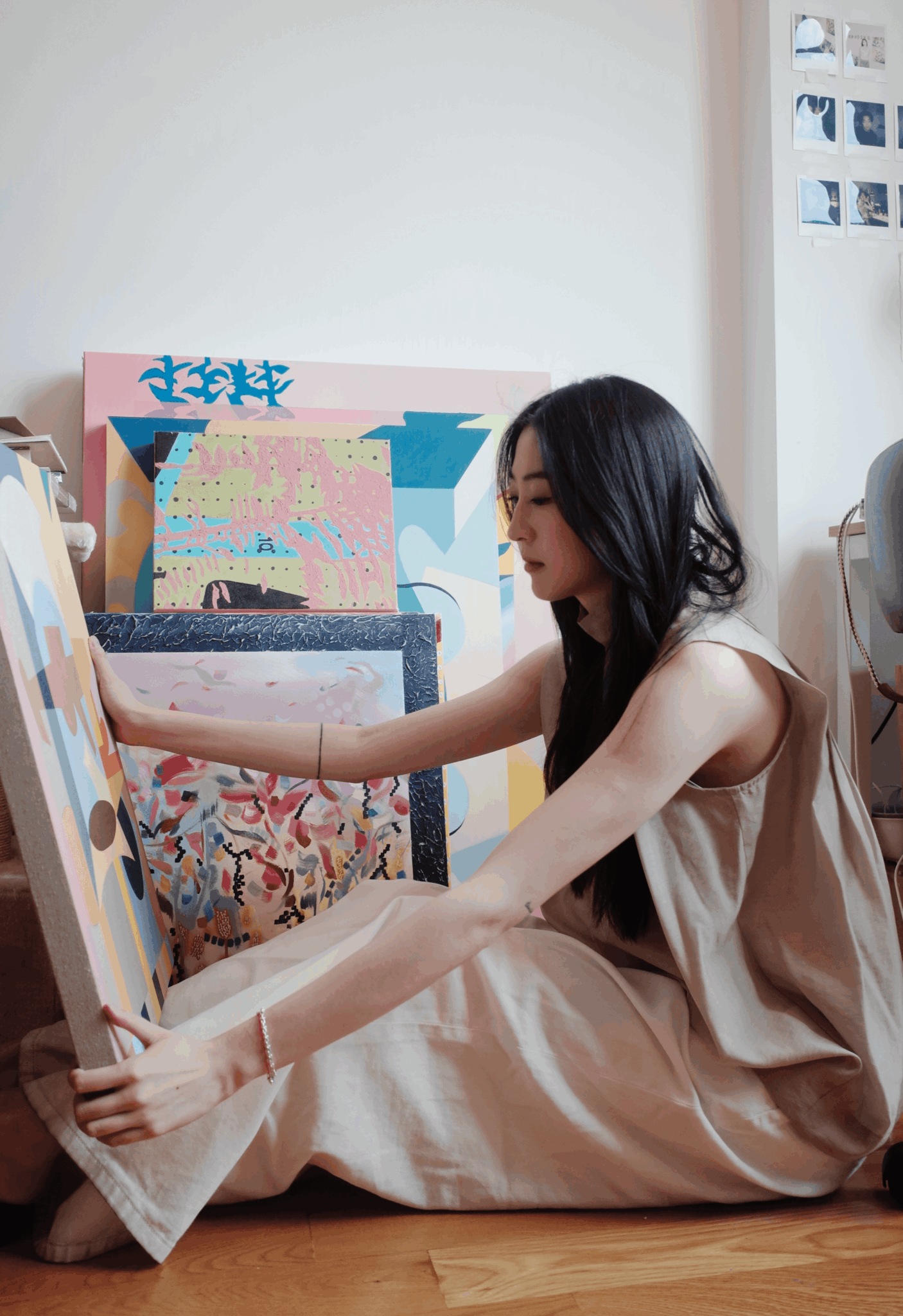We were lucky to catch up with Ziyi Huang recently and have shared our conversation below.
Ziyi, looking forward to hearing all of your stories today. Are you happy as a creative professional? Do you sometimes wonder what it would be like to work for someone else?
I consider myself an artist, and I do have a “regular” job! After graduating from Pratt this summer, I started my career as a gallery assistant at a gallery in West Village. To start with, I believe being an artist is a full-time, regular job—it demands the same level of commitment and dedication as any other profession. However, compared with my position at the gallery, being an artist requires a lot more independence and self-discipline. It’s a constant balancing act because, as an artist, I’m not only the creator but also the promoter, the salesperson, and the business manager. I must wear many shoes at once—juggling creativity with the need to drive self-growth in the long term.
Being an artist means treating yourself as the business. It’s freeing but also comes with its own pressures. Both my professions, as an artist and a gallery assistant, make me happy in different ways. Focusing on creating allows me to enter a meditative state, where I can explore myself and my surroundings. On the other hand, working at the gallery introduces more structure into my life, helps me meet new people in the city, and teaches me the value of collaboration and teamwork. My work at the gallery also allows me to work closely with other artists and creatives. Understanding their work and creative processes is deeply inspiring and allows me to broaden my own tool kit. Having both outlets keeps me grounded and fulfilled.
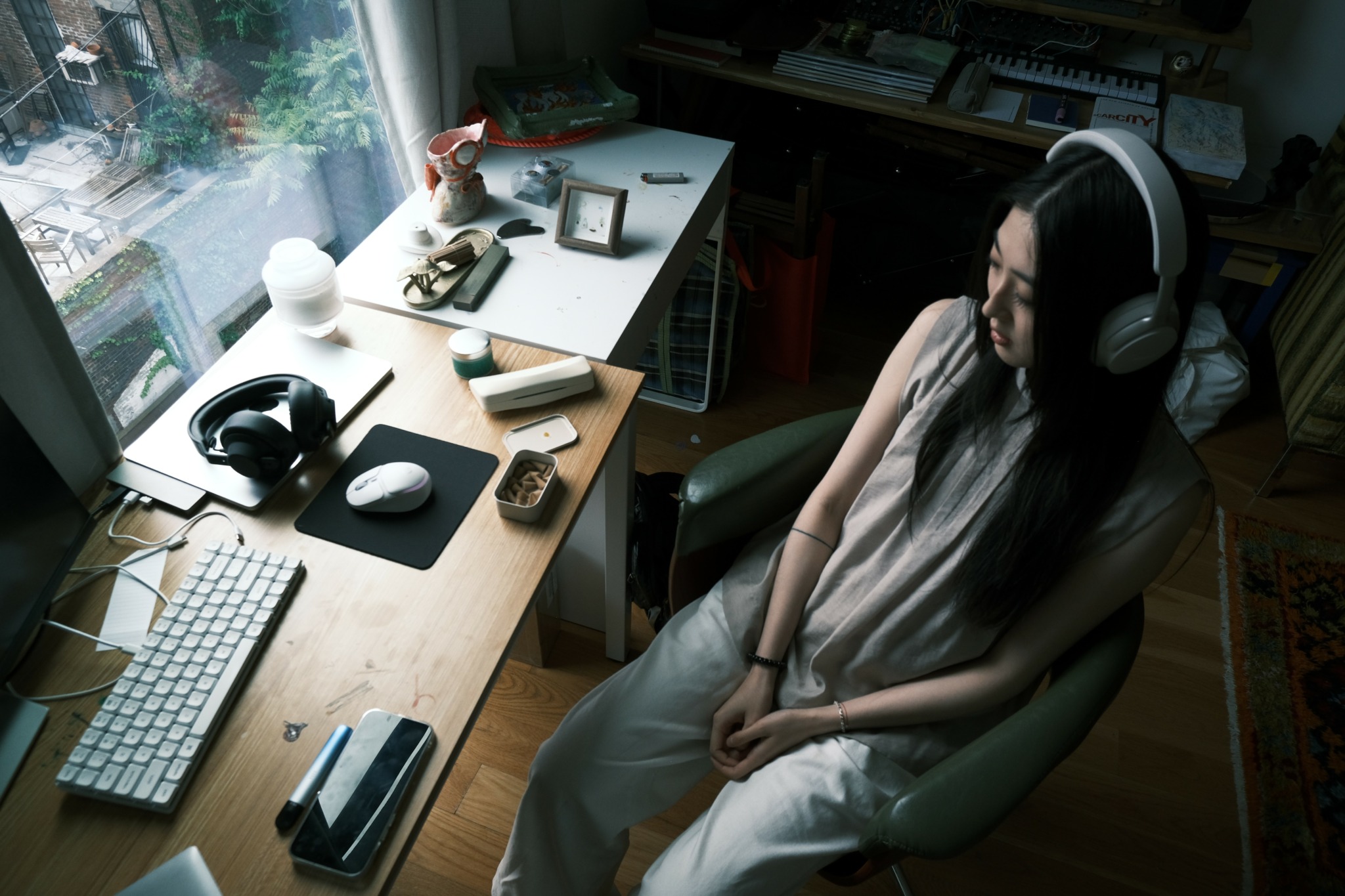
As always, we appreciate you sharing your insights and we’ve got a few more questions for you, but before we get to all of that can you take a minute to introduce yourself and give our readers some of your back background and context?
Hi! I am Ziyi Huang, and I am a visual and sound artist based in Brooklyn.
Through my sound works, I attempt to explore the relationship between sound, technology, and the natural occurrence of mistakes. It aims to spark a larger conversation about how technology fits into the creative process. Using sound as the core element, I incorporate randomness from nature—like space, water, and my own body—to challenge the assumption that technology can’t create genuine art. There’s a common belief that machines don’t make mistakes organically, and that any errors are the result of calculated glitches. My goal is to push back against this idea, demonstrating how randomness and unpredictability can lead to unique, creative outcomes. By blending human intuition and nature’s unpredictability with digital tools, I explore how technology can go beyond being just a tool and become a part of the creative process. It’s an attempt to show how art, nature, and technology can intersect in unexpected ways, prompting people to reconsider the source of creativity and innovation.
My experiences with sound and music also significantly influences my painting and other visual artistic processes. I find great parallels between the musical and visual spheres. I often associate visual anecdotes with distinct musical tones and qualities. Akin to composers experimenting with the collision of instruments in a bar, I study unique interactions with colors confined in geometric shapes. Similar to Kandinsky, I believe I am orchestrating paintings lyrically and melodically, note by note, instead of stroke by stroke. To paint a more comprehensive picture, I associate wavy lines in baby blue with the tonality of flutes. Therefore, I reduce the referenced world down to lines and shapes before re-synthesizing them into a new order leveraging my sense of syncretistic harmony, much like the act of syncopating full notes before bringing them back into a phrase. These processes often come organically based on improvisations as I would for a musical piece. Based on the described methodologies, I draw inspiration from Frank Stella, the America artist who pioneered Minimalism with irregular forms and asymmetric shapes.
Over the past few years, I have been developing a series of works defined by organic or geometric shapes imbued with vibrant hues. I take the concept of the interior versus the exterior as a prompt that weaves through my paintings. I mainly use acrylic paints on canvas and wooden panels for my work. Upon drying, acrylic paint appears flatter and less glossy, complementing the tension between colored shapes. In certain pieces, I explore contemporary materials, such as airbrush and texture gels. These different mediums create further nuances to the colors they are mixed in or upon.

What’s the most rewarding aspect of being a creative in your experience?
For me, the best part of being an artist is how it lets me figure out more about myself and the world around me. It’s like a back-and-forth between what’s going on in my head and what I’m experiencing in my surroundings. Whether I’m working with sound, color, or texture, every piece I make helps me understand how I relate to the space I’m in and how that space affects me too.
Instead of perfection, making art is more about the process of discovering something new each time, both in the art and in myself. I love the freedom to let things unfold naturally and just seeing where it all goes. That feeling of constantly exploring, without knowing exactly what will come of it, is what makes it so satisfying for me.
Admittedly, creating art definitely requires an audience. I’m not one who can say I don’t care about what others think. Having my work, which comes from such a personal place, connect with someone else is a huge motivator for me. It’s about more than just self-expression—I want my art to speak to people, to resonate with them on some level tacitly.

Can you tell us about a time you’ve had to pivot?
I haven’t figured everything out yet, but I’m starting to see how I can bring the two together. Before college, my life revolved around music—I was a DJ and music producer, and things were picking up. But when I moved to the US to study fine arts, I found myself feeling lost. The academic pressure and a lack of connections here made it tough to stay motivated, and I wasn’t sure how to balance my love for music with my visual work.
Despite all the headwinds, I never wanted to fully give up my passion for music. In my sophomore year of college, I started experimenting with ways to incorporate sound elements into my visual work. It wasn’t easy, but it helped me start bridging that gap between the two worlds I care about. While I’m still figuring things out, I feel more grounded now, and I’m excited to keep exploring how sound and visuals can interact in my art.
I guess what makes me feel better now is realizing that this whole process, all the struggles and pivots, are part of finding my own voice as an artist. It’s not about having everything figured out or achieving some perfect balance between sound and visuals. It’s more about staying true to what I love and being open to where that takes me. I’m learning that it’s okay to take my time and let things evolve naturally. I will continue to embrace every step forward, no matter how small. I will cherish and welcome every chance I get to pivot.
Contact Info:
- Instagram: z1y1i
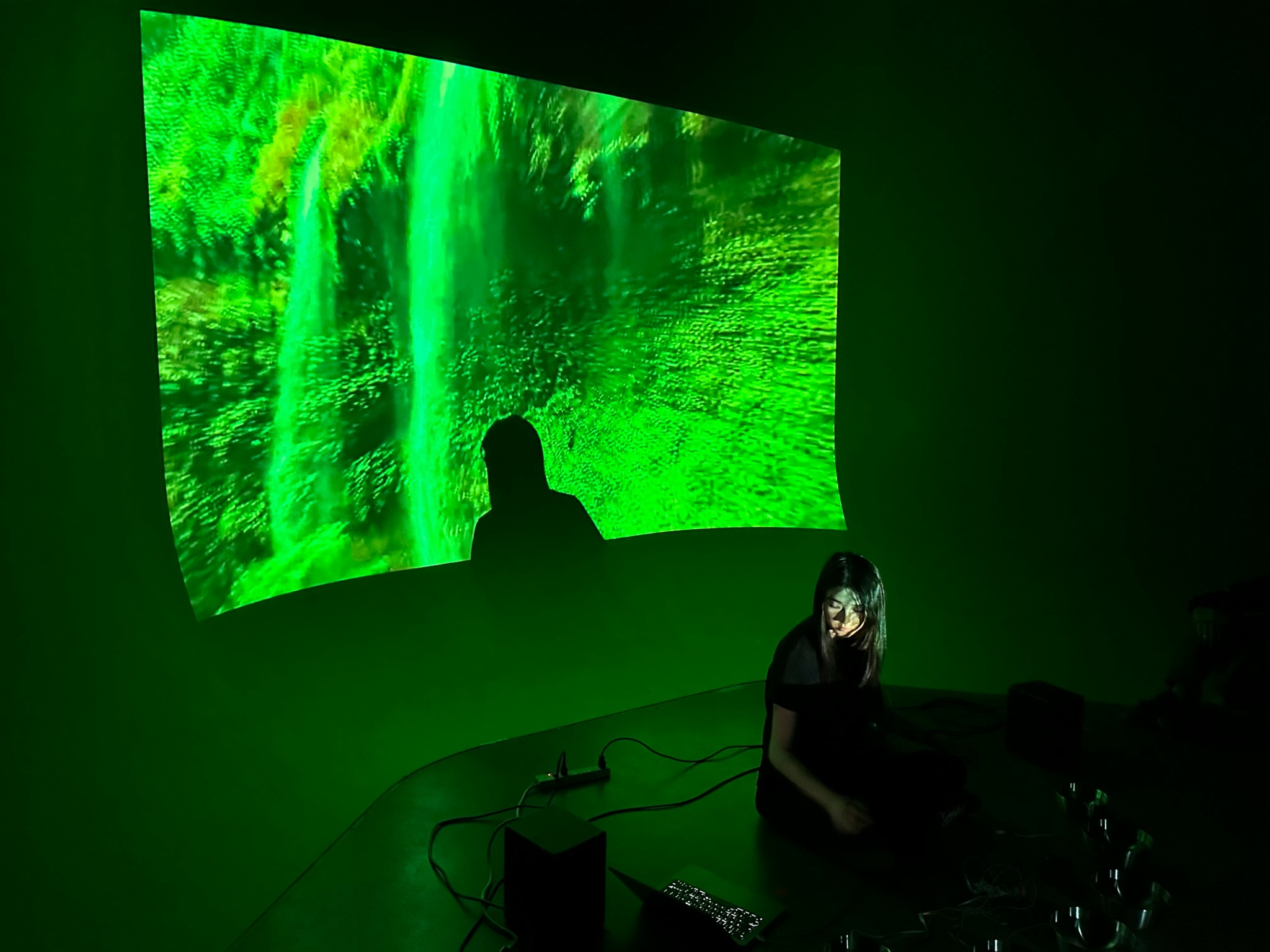
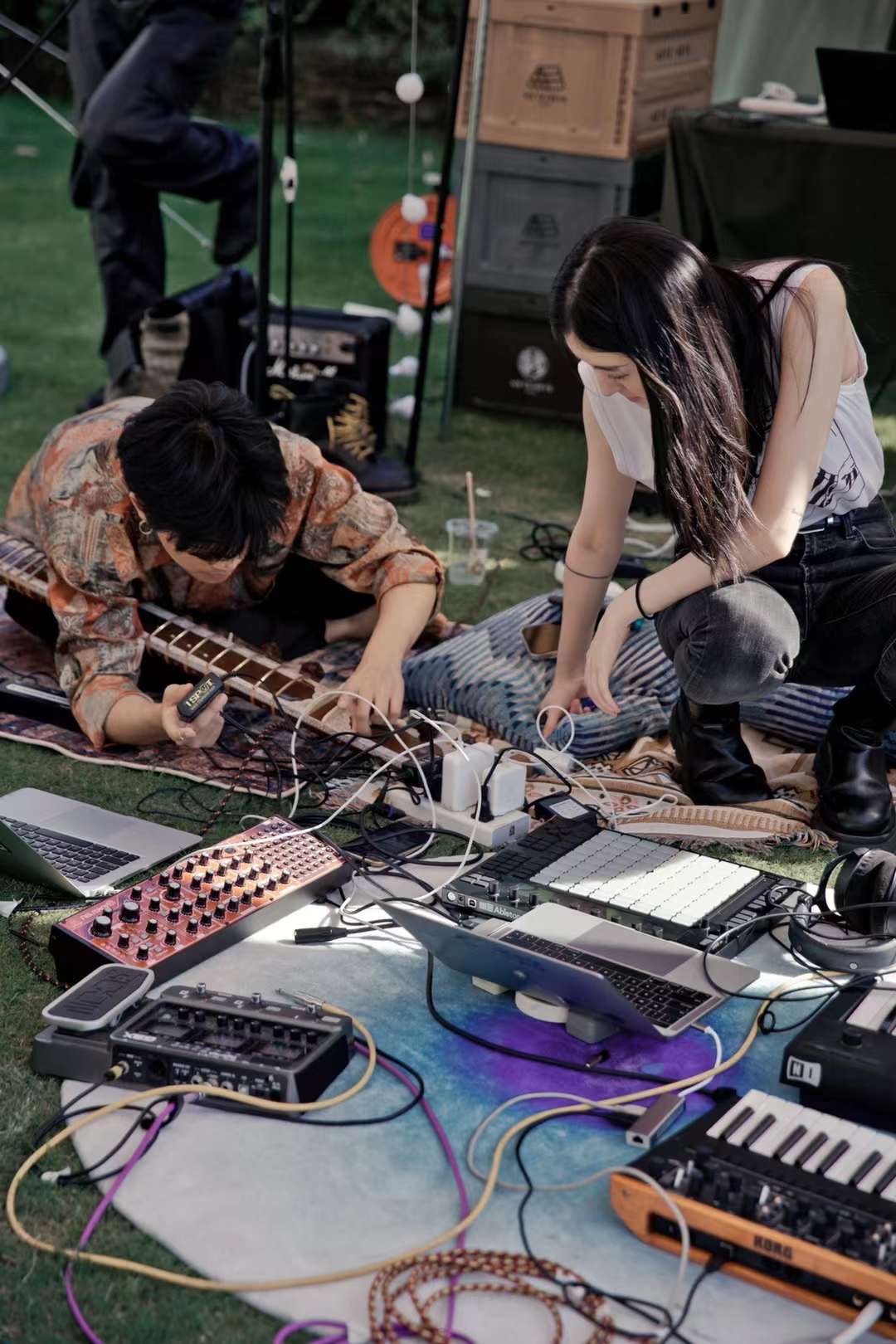
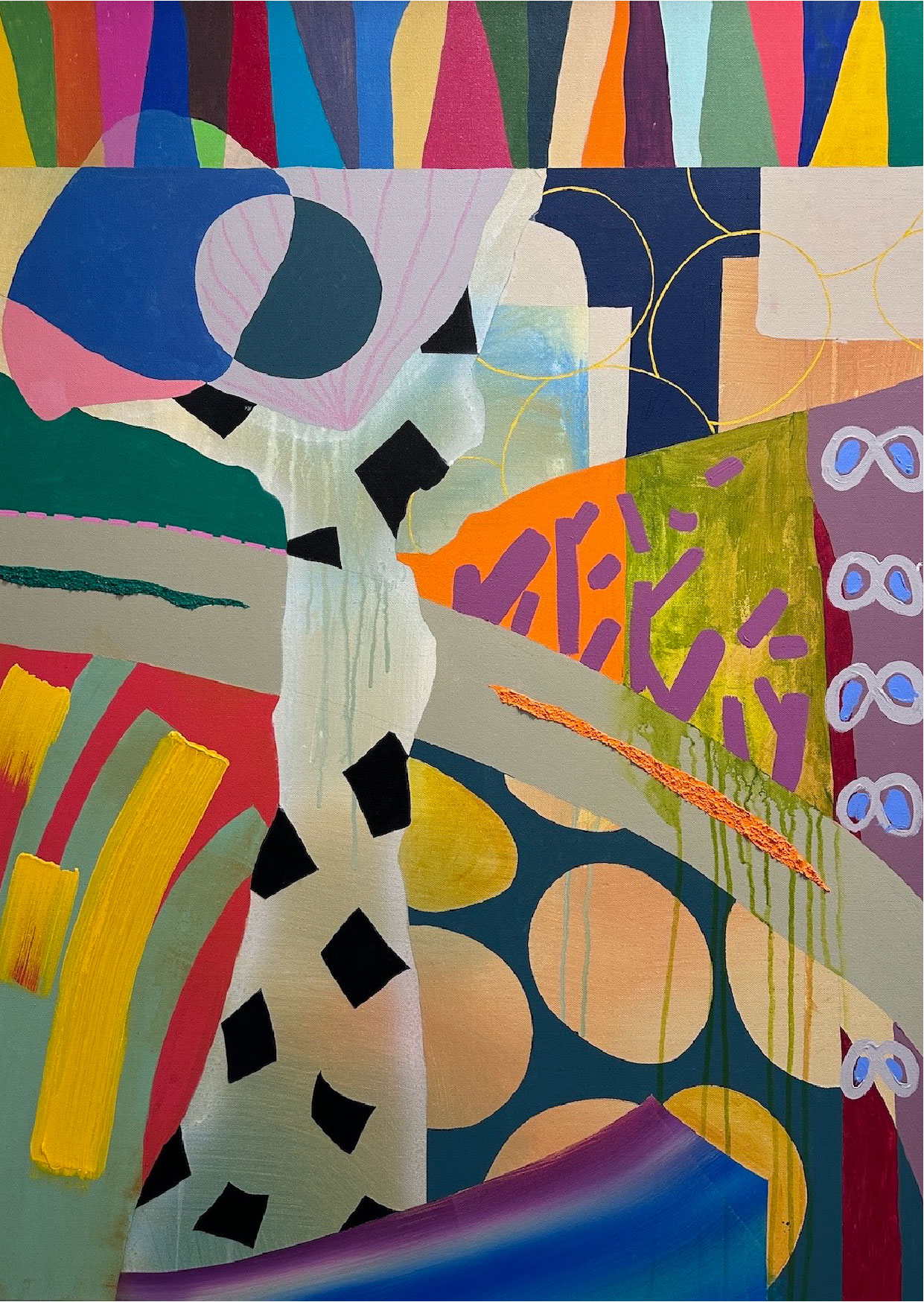
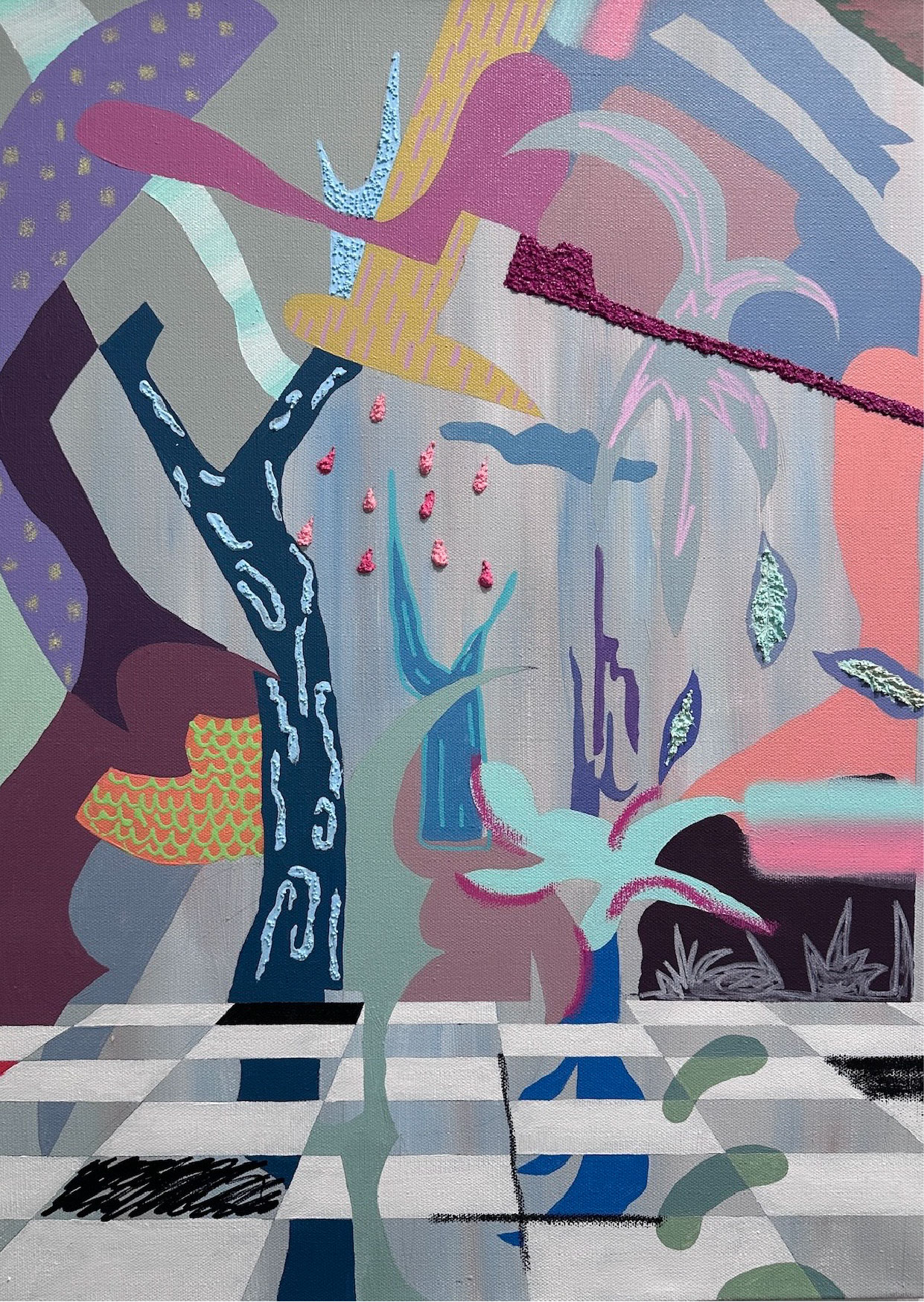
Image Credits
Ce Zhang


